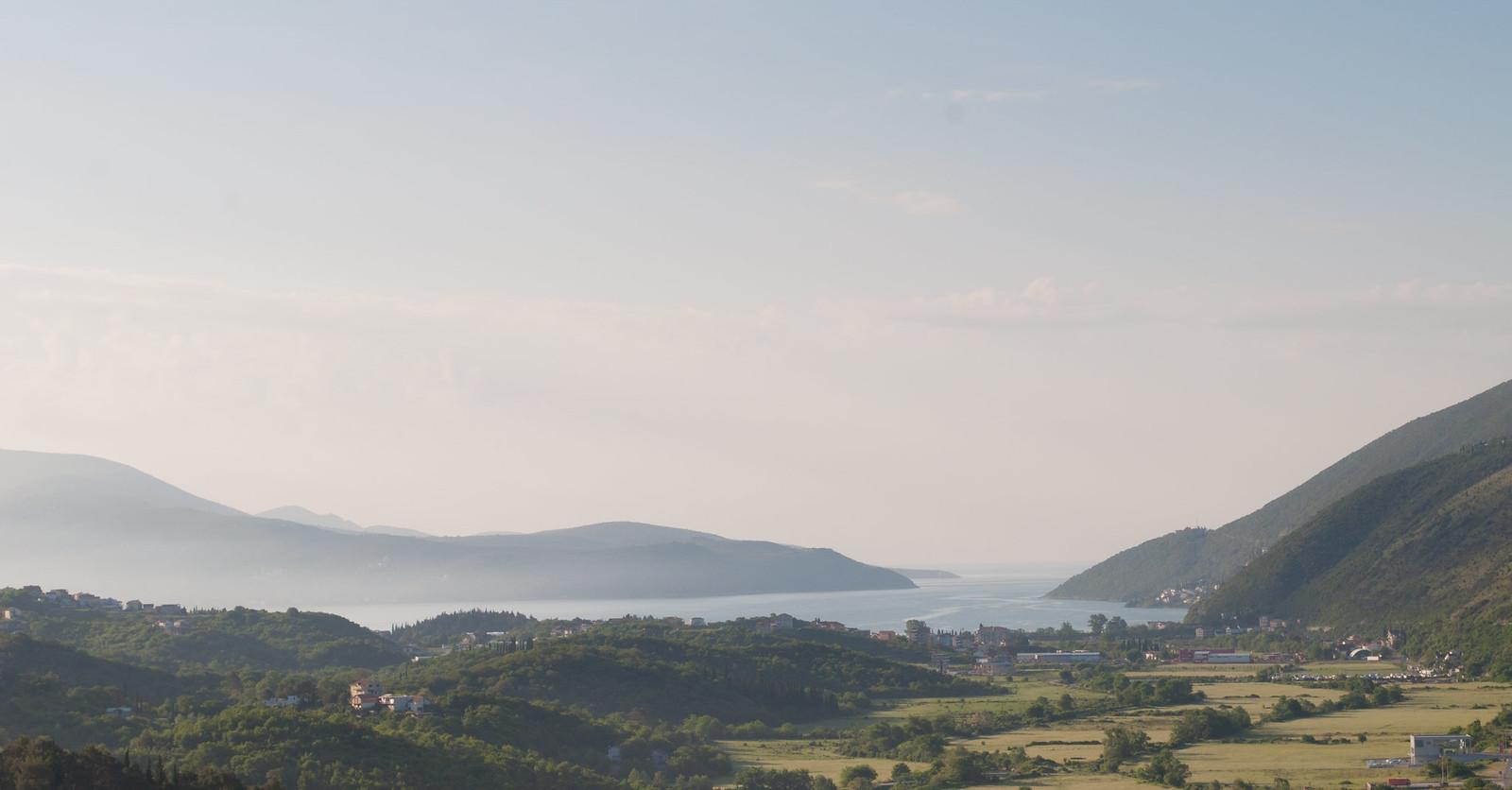Montenegro in 2025: Balancing Tourism Challenges with EU Integration Dreams

A Nation at a Crossroads
For decades, Montenegro has been renowned for its scenic landscapes, medieval cities, and turquoise waters along the Adriatic coast, making it a magnet for European tourists. However, 2025 has brought significant challenges and opportunities for this Balkan nation.
Tourism Sector Under Pressure
The country’s tourism economy is currently facing an array of problems, from logistical nightmares to a strained economy. The tourism infrastructure has reached its breaking point, leading to increasing tourist dissatisfaction and damage to Montenegro’s travel reputation.
The first five months of 2025 have seen a concerning decline in overnight tourist stays compared to the previous year, with poor road infrastructure and strong competition from neighbouring Croatia and Albania contributing to this downturn.
Economic Outlook and EU Aspirations
As a tourist-dependent economy of 600,000 people, Montenegro is currently the front-runner among 10 countries seeking to join the European Union. The nation is actively lobbying EU leaders to allow it to join the bloc and officially adopt the euro by 2028.
Despite challenges, there are positive developments: unemployment has reached a historic low of 9.9% in May. However, inflation has been trending upward in 2025, reaching 4.5% in May, with forecasts adjusted to 3.3% for the year.
Future Prospects and Solutions
The path forward includes emphasizing sustainability and ecotourism to attract environmentally conscious tourists. Montenegro is positioning itself as a leader in responsible travel, with a focus on community involvement in tourism planning and management to ensure more equitable distribution of benefits across the region.
To achieve higher living standards, Montenegro’s growth strategy must focus on productivity and human capital gains while preserving natural resources. This requires enforcing competition, consistent policy implementation, better trade leverage, and strengthening public institutions.
